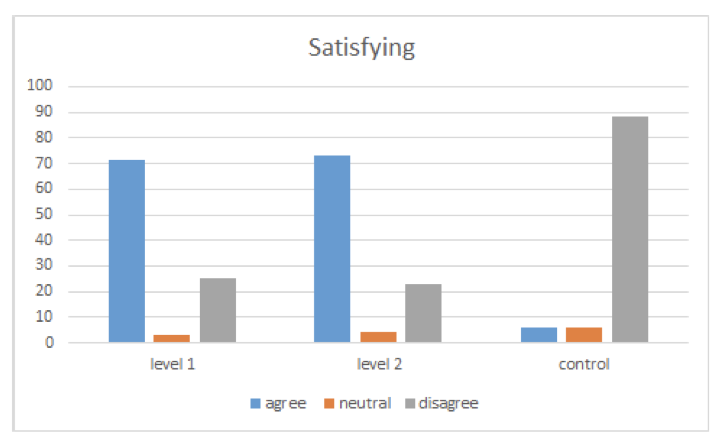We have two new preprints on Social Situation Awareness (SSA) available on arXiv with PhD candidate Ilir Kola as first author. The first paper is entitled ‘Towards Social Situation Awareness in Support Agents‘ and presents the overall approach to SSA that we propose. It presents a three-level SSA architecture based on the three levels of Endsley’s Situation Awareness model: 1) perception, 2) comprehension and 3) projection. We instantiate these levels with elements required for modelling the social dimension of situations.

The key novel element there is the use of so-called situation taxonomies for modelling the comprehension level. Situation taxonomies have been proposed in social science and describe situations in terms of a number of “psychological characteristics such as duty, intellect, positivity and sociality, referring to the extent to which a situation affords such experiences. It has been shown that people interpret situations by thinking of them as real entities to which such characteristics can be ascribed.
The idea is that if a support agent can map a situation to these characteristics based on information about how the user relates to people in that situation (Level 1: perception), this gives us a general framework in terms of which the meaning of the situation to the user can be expressed (Level 2: comprehension). This understanding may then be used by the agent to decide how best to support the user (Level 3: projection).
The second paper entitled ‘Using Psychological Characteristics of Situations for Social Situation Comprehension in Support Agents‘ further investigates the use of psychological characteristics for social situation comprehension. We do this from a technical perspective, investigating whether we can predict Level 2 information from Level 1, and Level 3 from Level 2. Moreover, we investigate the use of psychological characteristics for human-machine meaning making, by studying whether these can be used as explanations for the support actions of the agent.

We show that psychological characteristics of situations are a significantly better predictor of the priority of situations than social situation features, and that people find explanations based on social situation features (Level 1) and psychological characteristics of situations (Level 2) to be satisfying, containing sufficient information, complete, in line with how they think, and convincing.
